#Barjeel Art Foundation
Explore tagged Tumblr posts
Text

Kamal Boullata (كمال بلاطة), There is No I but I, (silkscreen), 1983 [Barjeel Art Foundation, Sharjah. © Kamal Boullata]
33 notes
·
View notes
Text
Born #OTD, prolific Algerian artist Baya Mahieddine (12 Dec 1931 -9 Nov 1998), whose 1st exhibition in Paris in 1957 (at age 16) caught the eye of the likes of Pablo Picasso and Andre Breton. Both birds and fish show up often in her art!
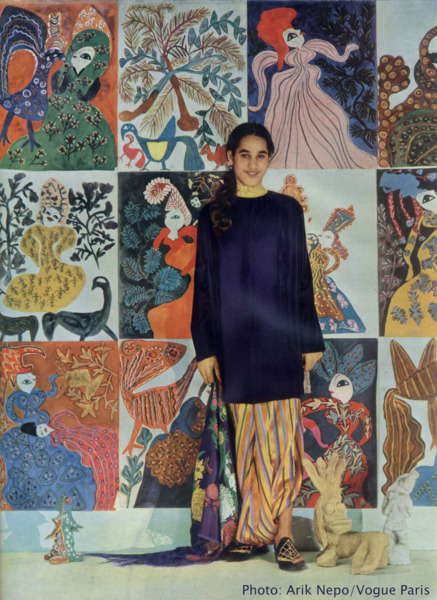
Baya in Vogue France February 1948
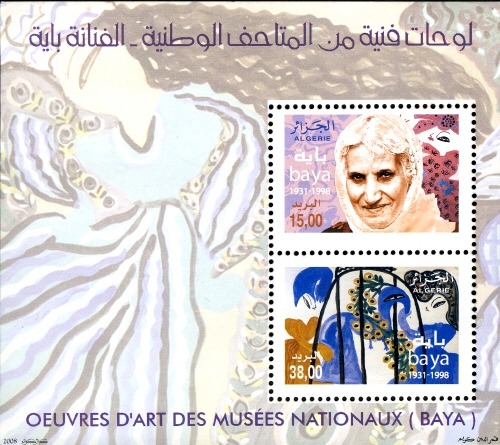
Algeria 2008 commemorative stamps minature sheet: Works of Art from the National Museum, Baya Mahieddine
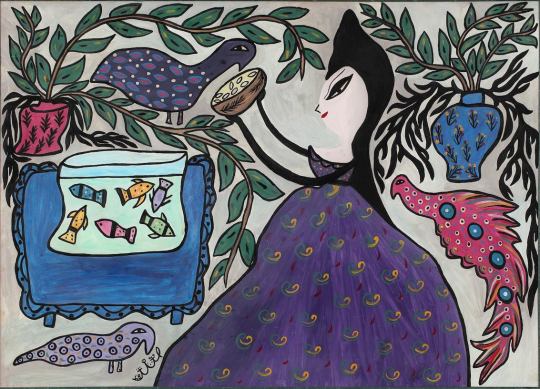
Woman with Two Peacocks and Aquarium, 1968 Watercolour & gouache on paper, 66 x 92 cm Barjeel Art Foundation collection
#animals in art#20th century art#birds in art#bird#painting#birds#fish#fishes#aquarium#peacock#Baya Mahieddine#Baya#Algerian art#women artists#OTD#birthday post#Barjeel Art Foundation#African art#modern art#20th century
47 notes
·
View notes
Text
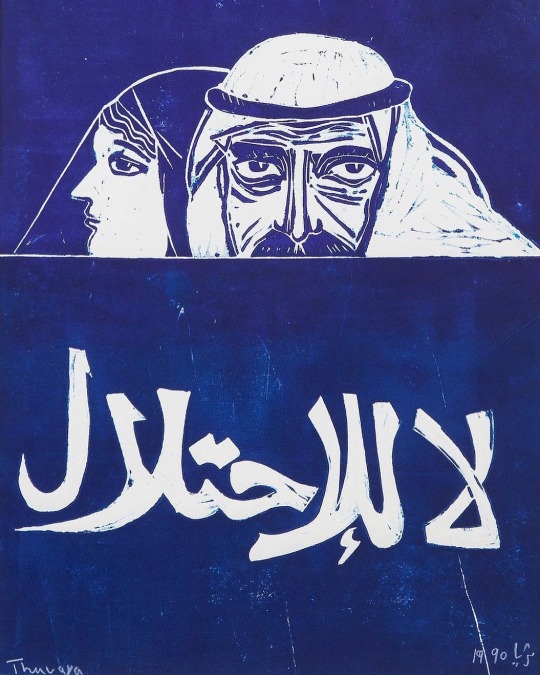
Stop the invasion, stop the genocide NOW!
Artwork details:
Thuraya Al Baqsami (Kuwaiti, b. 1952), ‘NO TO THE INVASION’ (1990), lino-cut print, 40 x 30 cm. Collection of Barjeel Art Foundation @barjeelart.
442 notes
·
View notes
Text

Ibrahim El-Salahi (Sudanese, 1930), The Last Sound, 1964. Oil on canvas, 121.5 x 121.5 cm. Barjeel Art Foundation
586 notes
·
View notes
Text



Uniquely tender Marian art.
Helen Hyde (American), A Japanese Madonna (1900), Smithsonian American Art Museum, US.
Ismail Shammout (Palestinian), Madonna of the Oranges (1997), Barjeel Art Foundation, Sharjah, UAE.
Martin Benka (Slovakian), The Rustic Madonna (1940/1942), Slovak National Museum, Slovakia.
#WAAHHHHH#any art/lit that captures the humanity of these figures is immediately more profound to me#art history
22 notes
·
View notes
Text

Maryam Abdel-Aleem, Clinic (1958).
Oil on board, 77 × 83 cm.
Image, courtesy of Barjeel Art Foundation, Sharjah
Mariam A. Aleem (28 December 1930 – 26 April 2010) was an Egyptian artist and art professor specializing in printed design. She received her Bachelor of Arts from the Faculty of Fine Arts Cairo in 1954 and her Master of Fine Arts in graphic printing 1957 from the University of Southern California. Via Wikipedia
3 notes
·
View notes
Text

Rafic Charaf (Baalbek, Lebanon, 1932 – Beirut, Lebanon, 2003), Palestinian Woman, 1966. Oil on masonite board, 71 x 55 cm. Photo courtesy of Barjeel Art Foundation.
From A Century in Flux: Highlights from the Barjeel Art Foundation, a long-term exhibition at the Sharjah Art Museum featuring a selection of key modernist paintings, sculptures and mixed media artworks from the this collection.
↘︎ https://www.barjeelartfoundation.org/exhibitions/a-century-in-flux/
3 notes
·
View notes
Text

Fatigued Ten Horses Converse with Nothing by Iraqi artist Kadhim Hayder, 1965
Courtesy of Barjeel Art Foundation
3 notes
·
View notes
Text

Faten Alfred Tubasi
Born 1960, Jerusalem, Palestine
"Heroic Act," 1984
Oil on canvas, 200 × 180 cm
#FatenTubasi
#FatenToubasi
Source:
Barjeel Art Foundation
فاتن الفرد طوباسي
مواليد ١٩٦٠، القدس، فلسطين
عمل فذ، ١٩٨٤
ألوان زيتية على قماش، ٢٠٠ × ١٨٠ سم
#فاتن_طوباسي
#FatenToubasi
#فلسطين#غزة#فن#رسم#drawing#palestine#artists#artists on tumblr#art#digital art#illustration#traditional art#drawings#history#gaza#1984#Faten Toubasi#christmas#Merry Christmas#holiday#Happy Holidays#inspirational quotes#life quotes#artists on tumblr gouache painting cats illustration my art traditional art#artist#contemporary art#artworks#painting#day
5 notes
·
View notes
Text

Djamila Bent Mohamed, Palestine, 1974, oil on canvas, 81 x 116 cm, image courtesy of Barjeel Art Foundation, Sharjah.
1 note
·
View note
Text

Kamal Boullata (كمال بلاطة), Lam Alif, (silkscreen), 1983 [Barjeel Art Foundation, Sharjah. © Kamal Boullata]
12 notes
·
View notes
Text

Ibrahim Ismail, “Untitled,” 1965. Oil on canvas. At the Wallach Art Gallery.
Credit…via Barjeel Art Foundation
0 notes
Text

Marie Hadad (Lebanese, 1889-1973), Untitled, c.1930s. Oil on canvas, 60 x 40 cm. Barjeel Art Foundation, Sharjah, United Arab Emirates
98 notes
·
View notes
Text
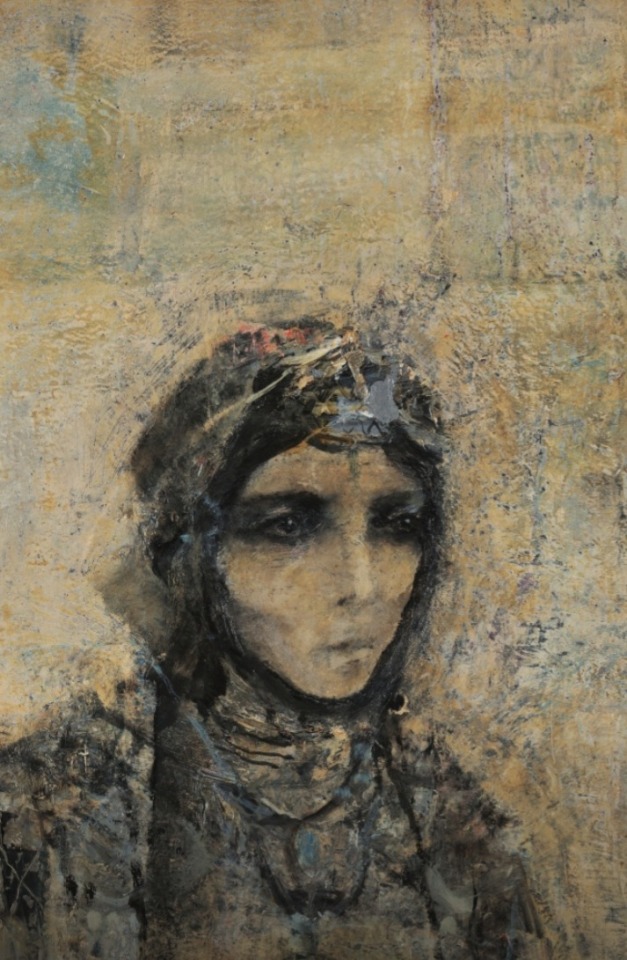
Her gaze is haunting, and she appears almost ghost like. Her somber figure embodies the suffering and hardship experienced by people during the Algerian War for independence.
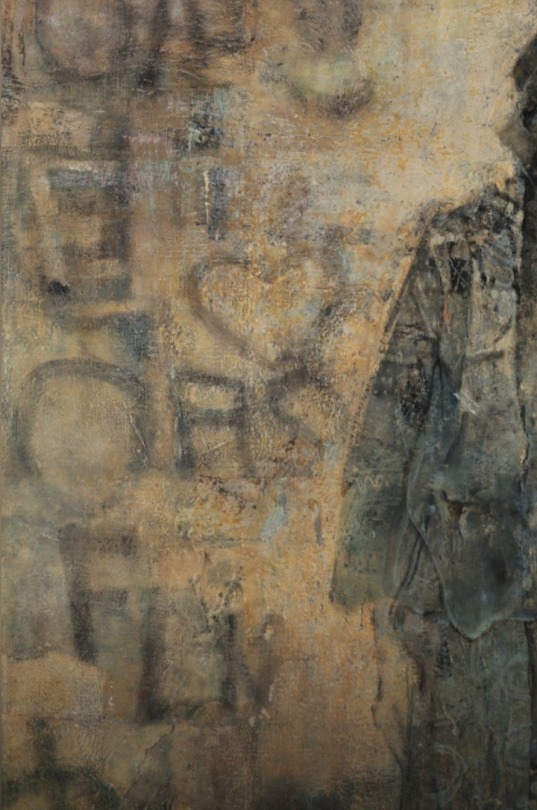
Graffiti on the wall behind her reads "OAS" and "FLN", standing for "Organisation Armée Secrète" (secret army organization) and "Front de Libération Nationale" (the national liberation front)
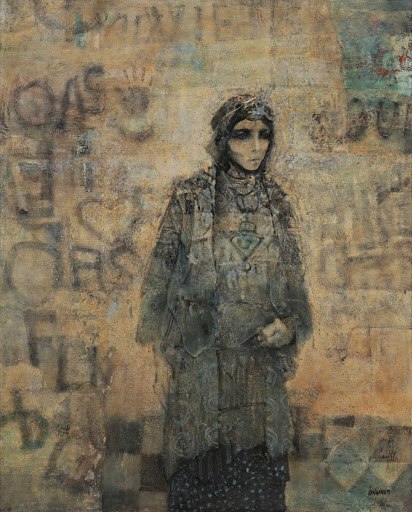
Femme et Mur (Woman and Wall) by M'hammed Issiakhem
#mhammed issiakhem#amazigh art#barjeel art foundation#textiles#anti colonialism#amazigh woman#african art#amazigh garb#oil paintings#anti colonization#north africa#algerian art#paintings#dark acadamia aesthetic#art work#green academia#art works#agony#artwork
29 notes
·
View notes
Text

Menhat Helmy, Outpatient Clinic (1958). Oil on canvas, 66 × 80 cm. Image, courtesy of Barjeel Art Foundation, Sharjah.
2 notes
·
View notes
Photo

(EN) Historical item of the week⌛️ The woman and the wall This painting, created in 1978 by Algerian artist Mohammed Issiakhem, depicts Algeria's anti-colonial resistance against France in the 1960s. The woman, dressed in Amazigh or Berber attire, stands in a sad and defiant pose in front of a wall painted with initials of the Algerian resistance armies such as the OAS and the FLN. The painting is in the Barjeel Art Foundation in Sharjab, United Arab Emirates.
(ES) Objeto histórico de la semana⌛️ La mujer y la pared Esta pintura creada en 1978 por el artista argelino Mohammed Issiakhem, representa la resistencia anticolonial de Argelia en contra de Francia en la década de los 60. La mujer vestida con un atuendo Amazigh o bereber, se encuentra en una pose triste y desafiante frente a una pared pintada con siglas de los ejércitos de resistencia argelinos como el OAS y el FLN. La pintura esta en la Fundación de Arte Barjeel en Sharjab, Emiratos Árabes.
#algeria#historical item#mohammed issiakhem#amazigh#berber#amazigh woman#the woman and the wall#algerian art#barjeel art foundation#20th century#1970s
9 notes
·
View notes